Description
Winter Rye – Secale cereale
Rye, a cereal grain, serves as a valuable winter cover crop when cultivated alongside companion plants like vetch and legumes such as clover or hairy vetch. It is typically sown in September and exhibits impressive resilience, persisting through late fall’s cold temperatures better than many other cover crops. Rye’s suitability for growth in nutrient-deficient soils and its minimal water requirements make it a practical choice.
During the winter months, rye contributes to soil moisture retention and weed suppression, thanks to its allelopathic properties. Its early spring growth acts as a shield against soil erosion and weed proliferation. Additionally, the robust and deep-reaching root system of rye enriches the soil with substantial organic matter.
To effectively manage rye as a cover crop, it is advisable to terminate it when it is still immature, typically at a height of 6-12 inches. After cutting, it is crucial to wait for the soil to dry before removing the grass crowns just beneath the soil surface. This process, whether accomplished through ‘no-till’ techniques or tilling with a fork or roto-tiller, helps expedite the release of nitrogen held during the decaying process. This nitrogen becomes readily available for newly planted seeds, reducing the risk of volunteer rye plants sprouting later. To ensure the optimal use of nitrogen and a successful transition to subsequent vegetable planting, it is recommended to wait at least two weeks between tilling and sowing.
Alternatively, an alternative method is to allow the rye to flower and form seed heads before cutting it down, but without letting the seeds mature. This approach allows for stronger root system establishment and further improves soil structure by incorporating additional organic matter. However, managing rye at this stage may require more effort, as the stalks become tough and woody. Nevertheless, these stalks can be chopped into smaller pieces for use as mulch or reincorporated into the soil. To prevent rye regrowth, it is essential to cut the rye crowns below the soil surface.
Here are the details:
- Plant Characteristics:
- Growth Habit: Winter rye is an annual grass that typically reaches heights of 2 to 5 feet, although it can grow taller under favorable conditions.
- Leaves: Its leaves are long and narrow, with a bluish-green color.
- Seeds: Rye produces small, elongated seeds or grains that are commonly used for milling into flour and forage for livestock.
- Climatic Adaptability:
- Cold Tolerance: Winter rye is exceptionally cold-hardy and can survive freezing temperatures and frost. It’s often planted in the fall and can endure winter conditions.
- Drought Tolerance: Rye is known for its ability to grow in regions with minimal rainfall, making it suitable for areas with dry or arid climates.
- Cultural Uses:
- Cover Crop: One of the primary uses of winter rye is as a cover crop. It is sown in the fall and provides protective ground cover during the winter months, reducing soil erosion and nutrient runoff. In the spring, it can be terminated to improve soil health and prepare for the planting of other crops.
- Forage: Winter rye is also grown for forage, primarily for grazing livestock. It offers a nutritious and palatable food source for cattle, sheep, and other animals during the fall and winter months.
- Grain Production: While not as common as other cereal grains like wheat or barley, rye is grown for its grain. Rye flour is used in baking, particularly in making rye bread and some types of whiskey production.
- Soil Improvement:
- Organic Matter: Rye’s extensive root system helps add organic matter to the soil, improving its structure and fertility.
- Weed Suppression: Rye’s allelopathic nature can inhibit the growth of weeds, reducing competition for other crops.
- Termination Methods:
- As mentioned earlier, managing winter rye involves choosing the right termination method. Immature rye is typically cut and left to decompose, releasing nitrogen and other nutrients into the soil. Allowing it to mature and flower before termination can have additional benefits but may require more effort due to tough stalks.
- Cultivar Varieties:
- There are different cultivars of winter rye with variations in growth habits, disease resistance, and suitability for specific purposes. Farmers and gardeners can choose cultivars that align with their specific needs.
In summary, winter rye is a versatile and resilient cereal grain that plays a crucial role in agriculture and horticulture. It is valued for its ability to protect and enrich the soil, provide forage for livestock, and contribute to various agricultural and culinary applications. Its adaptability to cold and dry conditions makes it a valuable asset for sustainable farming practices.
Read more about cover crops here.
Seeding Rate:
Small Areas: 1-4 lbs. per 1000 sq. ft. Depending on your preference as a cover crop
Larger Areas: 100 lbs. per acre
Avg. 19,900 seeds/lb

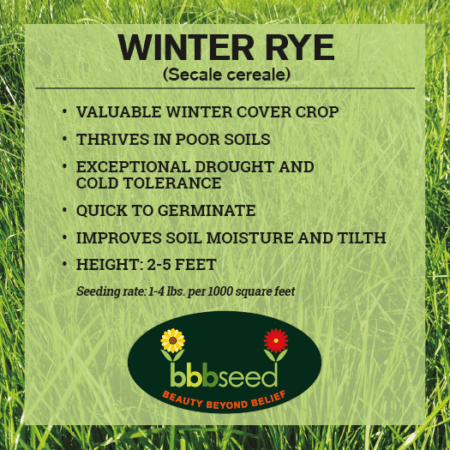
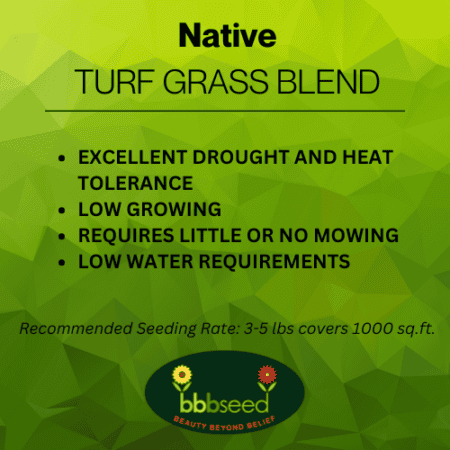

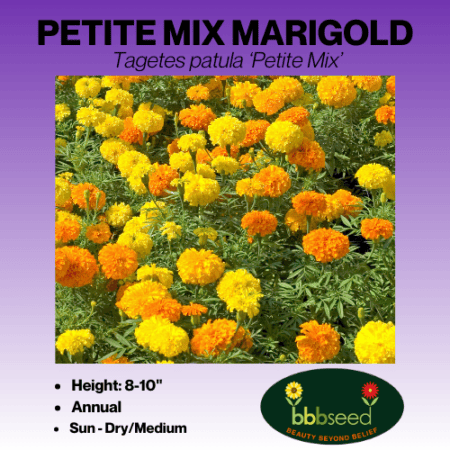
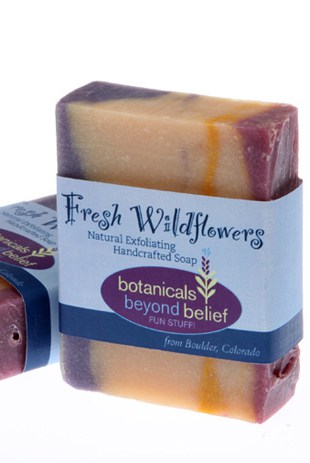
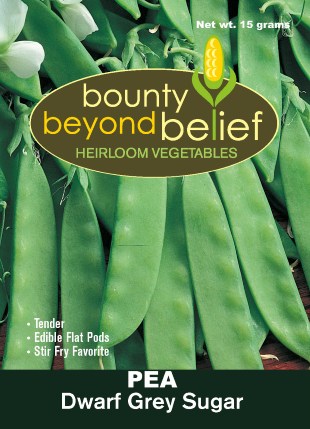


Reviews
There are no reviews yet.